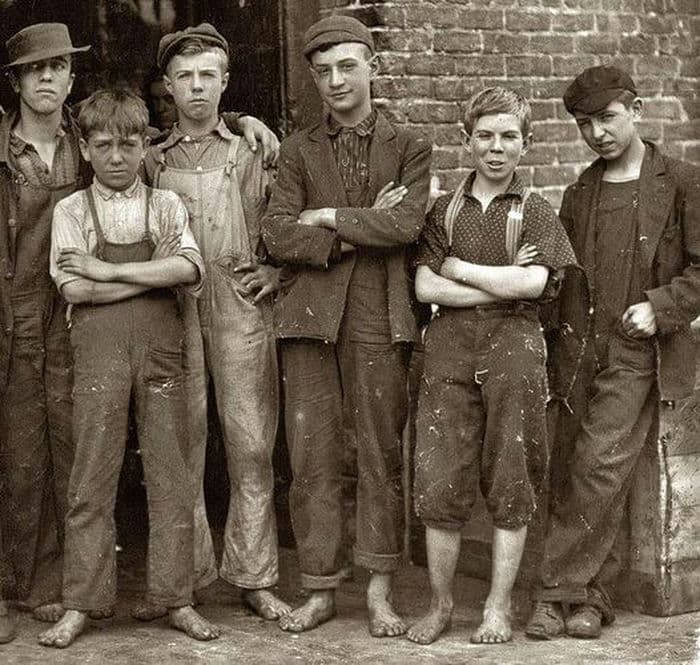
Britain in 1910 was a world away from the office culture we know today. A time of industrial revolution and societal change, the workforce was a melting pot of diverse experiences. Let’s delve into what life was like for the average worker over a century ago.
- Long Hours, Tough Conditions: The typical workday was gruelling. Factories, mines, and mills demanded long hours in often hazardous conditions. Child labour was still prevalent, with young children contributing to the family income by working in factories or down mines.
- A Gender Divide: The workplace was starkly divided by gender. Men dominated heavy industries, while women were concentrated in domestic service, textiles, and clerical roles. Wage disparities were significant, with women earning considerably less than men for comparable work.
- The Rise of Unions: The early 1900s saw a growth in trade unionism as workers sought to improve their conditions. Strikes and protests became more common, with workers demanding better pay, shorter hours, and safer working environments.
- A Society of Class: The workforce was stratified by social class. The aristocracy and upper class held positions of power and influence, while the working class endured hardship and inequality. Opportunities for social mobility were limited.
- The Dawn of New Industries: While many were employed in traditional industries like textiles and manufacturing, the early 1900s also saw the emergence of new sectors such as transportation and communication. This brought new opportunities for some, but the transition was often challenging.
Life for the British workforce in 1910 was undeniably tough. Yet, it was also a period of great change and progress. The foundations were being laid for the modern labour market, and the struggles of this era shaped the world we live in today.
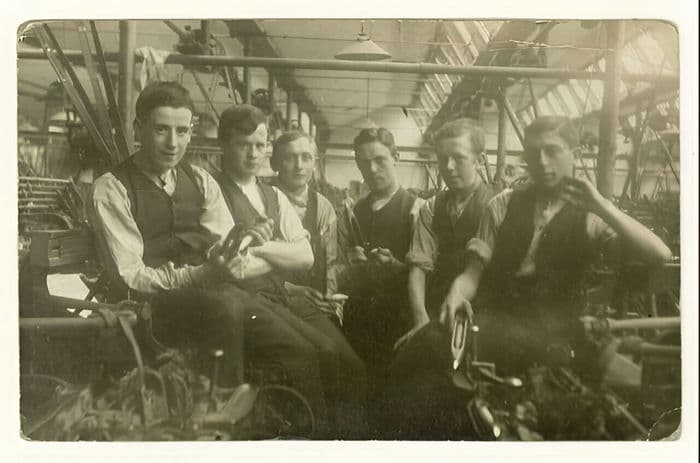
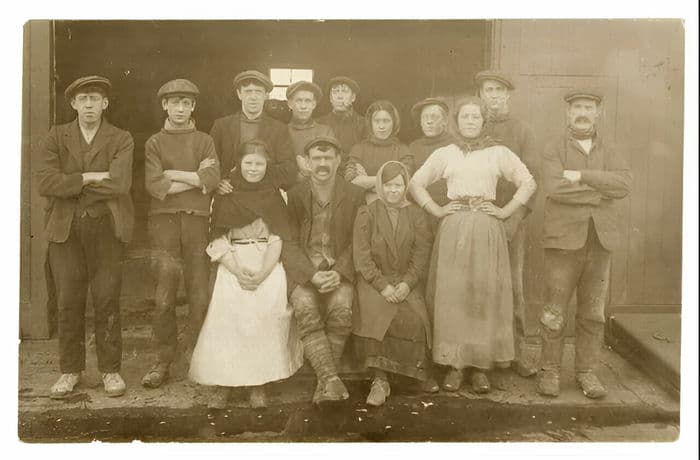
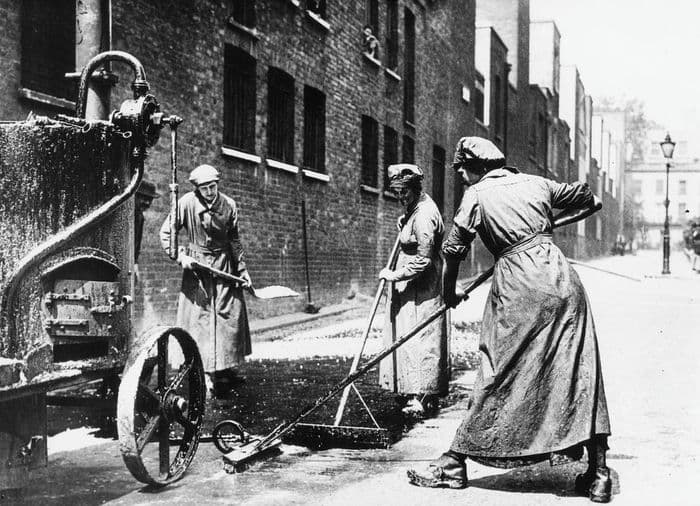
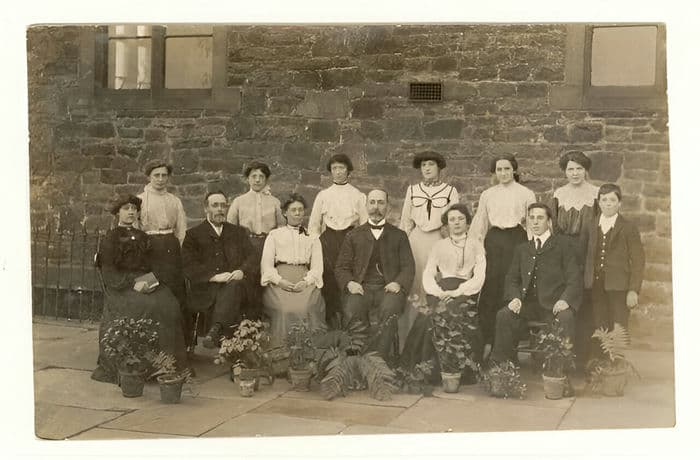
What fascinates you most about the British workforce of 1910? Share your thoughts in the comments below.
